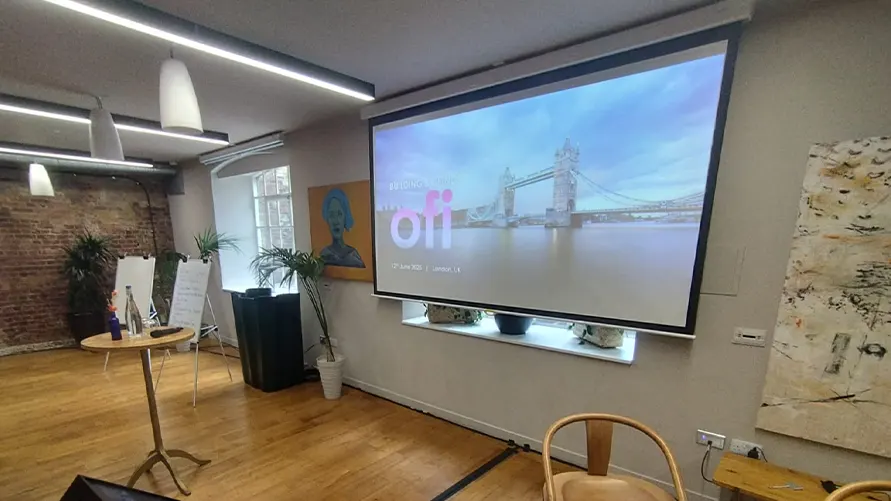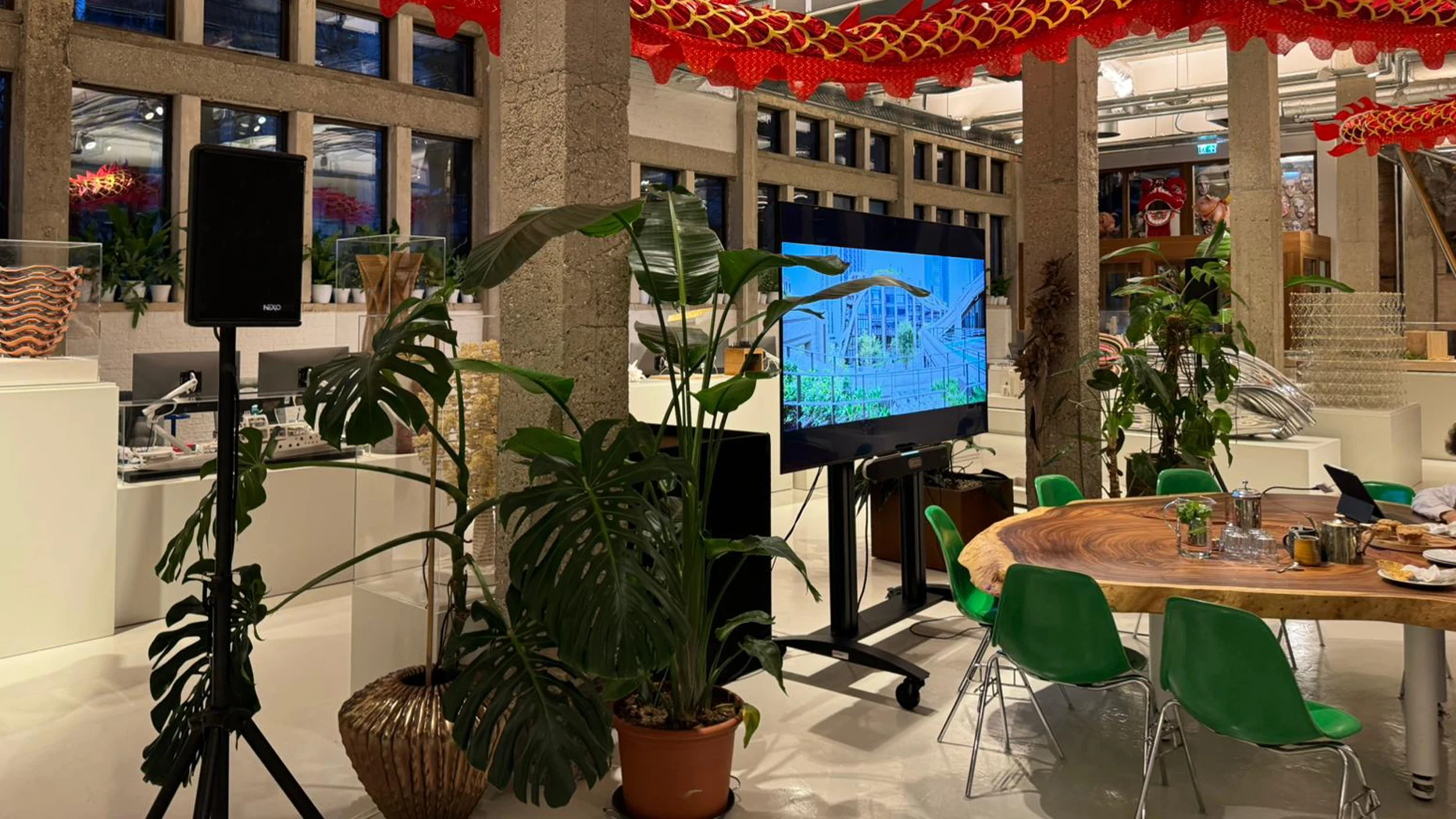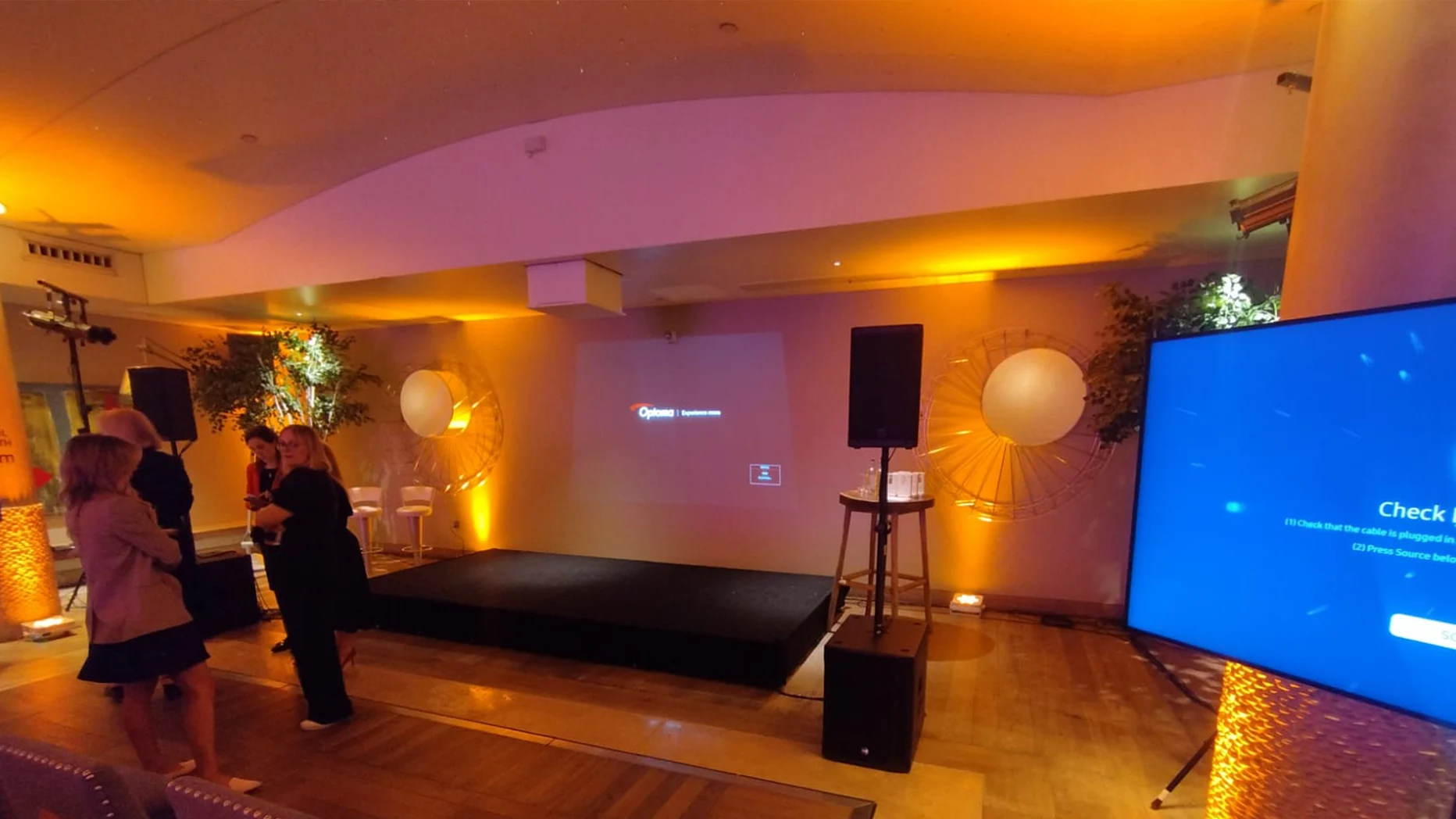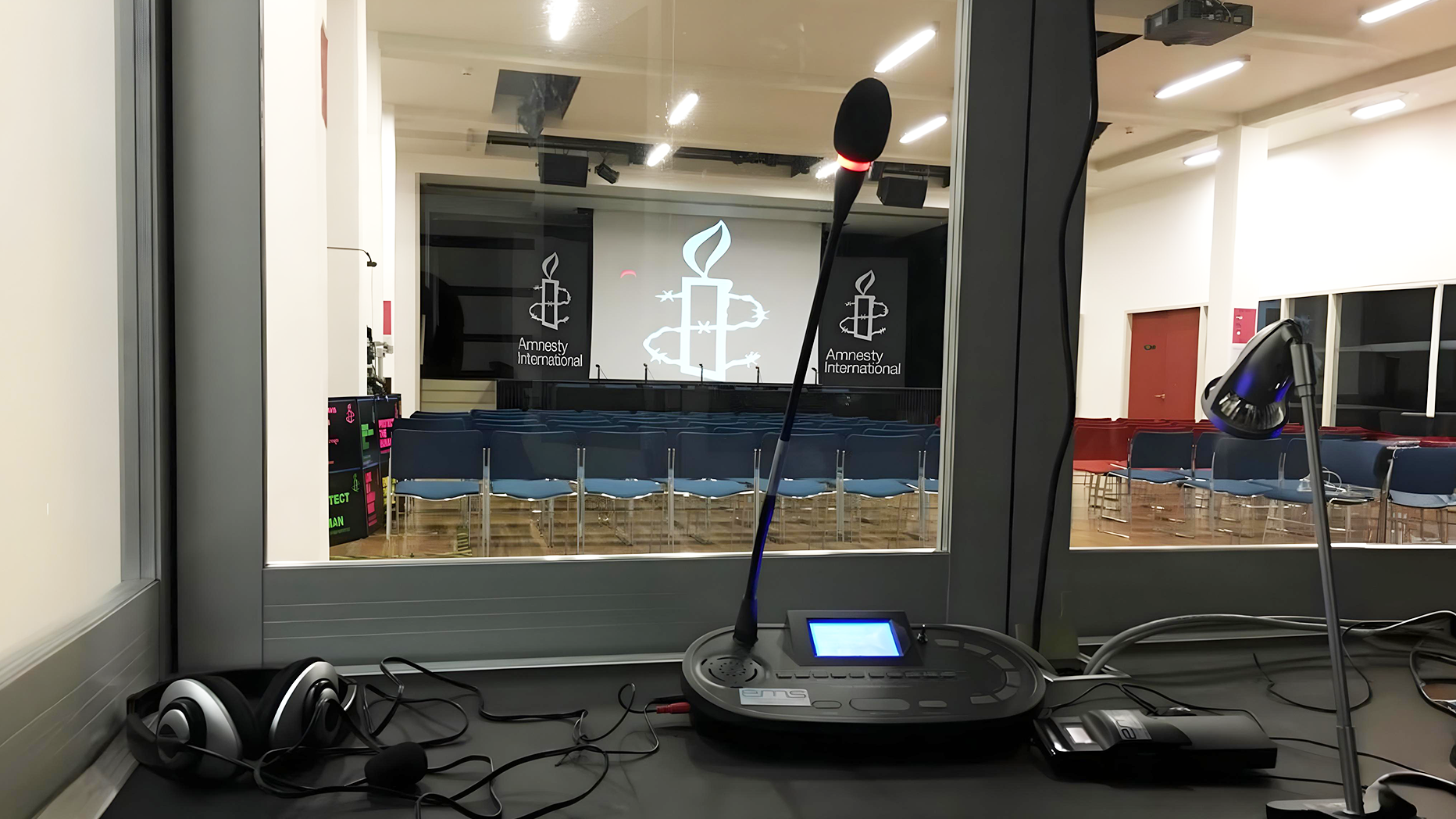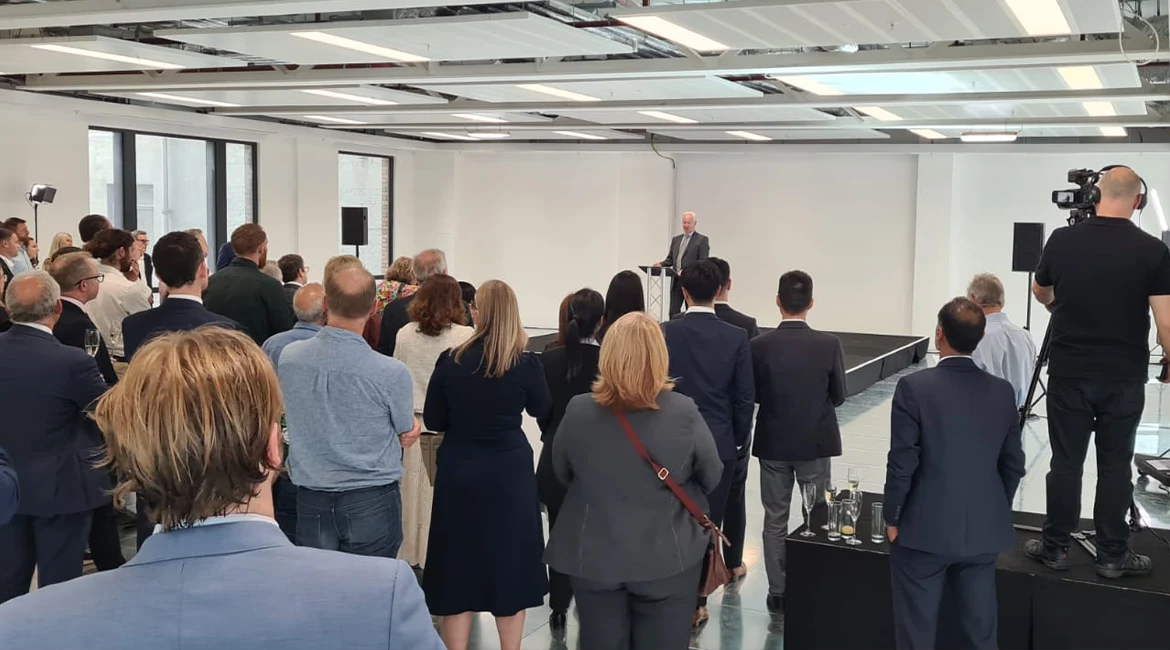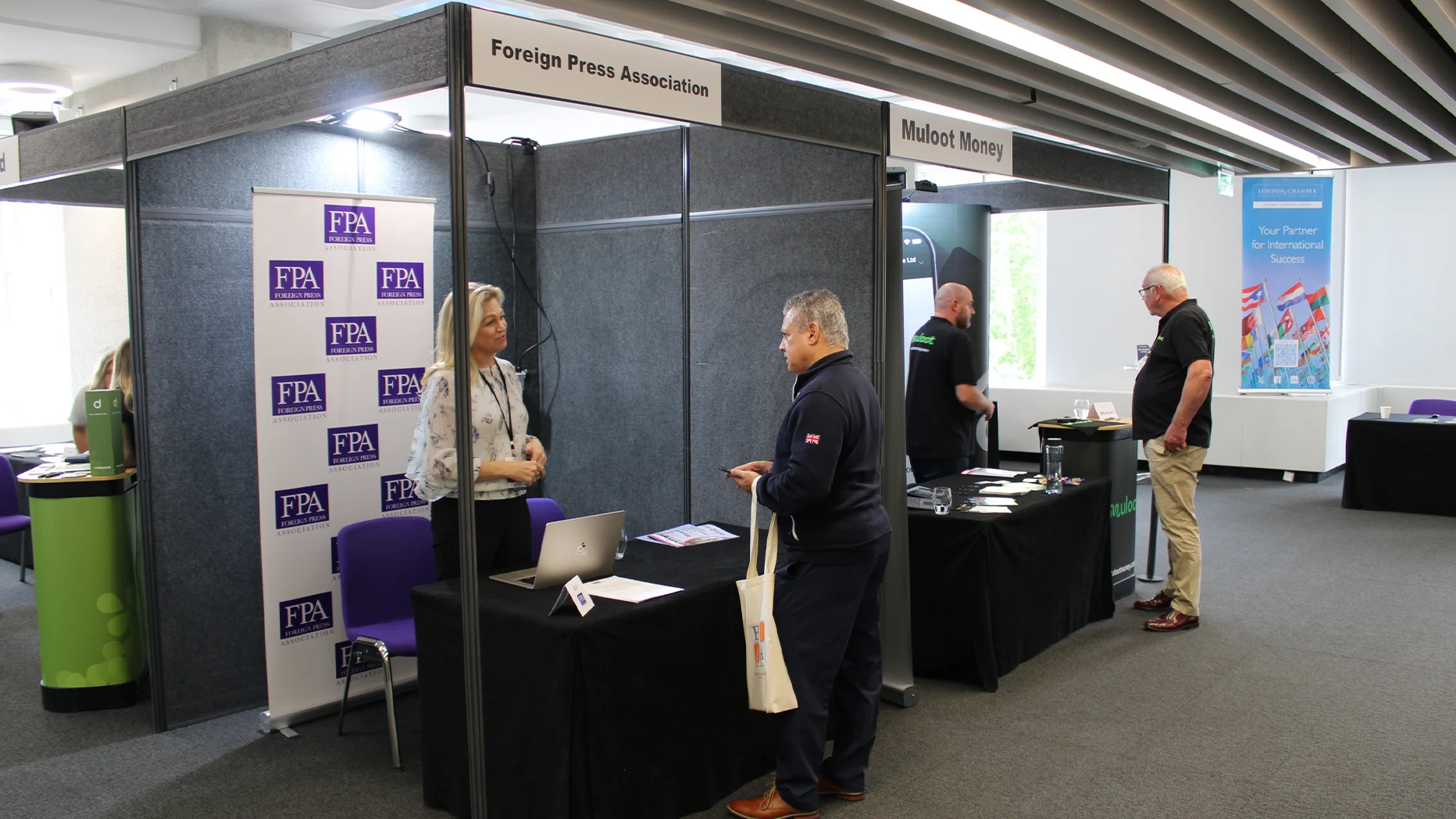You walk into the venue, and the walls are moving, almost breathing. The floor shimmers like a tide pulling back to sea, and the stage lifts into a city skyline just as the keynote begins. For a moment, the room forgets it is a room at all. People stop talking. Phones come out. Not because someone asked them to, but because they cannot help it.
That is the quiet power of projection mapping. It has gone from novelty to necessary for corporate events across the UK, giving planners something they rarely get in a crowded calendar: attention that lasts.
The moment the room turned
A few years ago, a well-known finance brand asked for launch visuals that would not feel like another deck and a lectern. We built a mapped environment that wrapped the venue in their story. The message moved, the figures pulsed with context, the room shifted scene by scene. There were 300+ attendees, over 2,000 social mentions in 48 hours, and three enterprise deals closed by the end of the week. Not bad for a technology most guests could not name, only feel.
What projector mapping actually is
Projection mapping (often called video mapping or spatial augmented reality) uses projectors to place calibrated visuals on real-world surfaces, not just flat screens. With the right software and content, a plain wall becomes an illusion with depth, a stage becomes a living canvas, and objects take on motion and meaning. Buildings, sets, tabletops, products, even the floor under your feet can carry narrative and data in ways that feel physical. For corporate events, that opens creative latitude that traditional screens struggle to match.
Why it belongs in corporate events
Corporate gatherings are brand experiences dressed as agendas. You want recognition, energy, and recall, ideally without building an entire set from scratch. Mapping lets you turn almost any venue into a branded environment, lift engagement without adding friction, and generate moments that guests naturally capture and share. It is flexible, re-skinnable, and kinder to budgets than heavy scenic builds, especially when you are moving between cities on a tight timeline.
Turn the stage into a dynamic storyboard
Static backdrops tire the eye. A mapped stage changes with your narrative so the backdrop becomes part of the talk. Data breathes, product lines glide into focus, and environments appear in seconds. At a financial conference, for instance, a live market motif can pulse behind speakers while key points anchor to anchored motion. When lighting and audio are cued to the same timeline, the whole room feels choreographed rather than decorated.
Make product demos feel alive
If you are unveiling a device, a platform, or a vehicle, mapping can guide the audience through features with precision. Place the product where it belongs and let content track its contours, highlighting materials, layers, or use cases. For launches, trade showcases, and press briefings, this turns a simple reveal into a walkthrough where the crowd sees what you want them to see, right when you want them to see it. Better still, it photographs beautifully.
Open with an entrance people remember
First impressions set the temperature of the evening. A mapped arrival turns a lobby or corridor into a threshold. Guests pass through timelines of your brand, see their names sequenced into welcome scenes, or walk a short tunnel that introduces themes for the night. Motion sensors can trigger subtle shifts as people move, creating a sense of agency before they even reach the main room.
Give awards nights real theatre
Award formats can blur from year to year. A mapped set lets you theme categories without rebuilding scenery. Star performer awards can rise against a galaxy; trailblazers can stand before stylised heat; top sales teams can take their bow over a glittering skyline. Names bloom in clean 3D type, confetti erupts in light, and the whole thing resets between winners in seconds. The effect is emotional without being heavy-handed.
Change the mood of a party without changing the venue
Themed corporate parties pull focus when they feel immersive. Mapping can deliver that immersion with speed. A winter scene for December, a neon city for a retro night, or a calm beach for a summer social can all wash over the same walls and ceiling. You spend less on physical props, avoid long changeovers, and still give people a backdrop they want to linger in.
Put the floor and ceiling to work
Screens live at eye level, which leaves a lot of real estate unclaimed. Mapping onto floors and ceilings reframes the space. A brand motif can drift across the ground plane like a quiet current. Wayfinding can animate gently so guests move without staff prompts. Live polls and timely announcements can float above the audience and then dissolve. When the environment carries your information, you speak less from the stage and still say more.
Tell the brand story like it matters
Every company has a founding myth, a set of hard years, and a vision that keeps the lights on. Mapping is a strong medium for that arc. You can move from early sketches to first customers, from setbacks to pivots, from the present to what is next, all while tying scenes to the people in the room. Add music with patience and a voiceover that breathes. The result feels like a short film that the venue itself is telling.
Make small spaces work harder
Not everything happens centre stage. Breakout rooms, lounges, coffee points, and foyers carry a lot of the day’s experience. Gentle mapping in these zones calms edges and adds light without glare. Flowing textures, minimal brand marks, or quiet motion patterns can make waiting areas feel considered. Workshops benefit from ambient scene-setting that supports focus rather than fighting it.
Bring the social feed into the room
A live social wall is more than a ticker if it is mapped into the architecture. Posts using the event hashtag can ripple through a feature wall, settle into frames on a column, or flare briefly across a curved surface before fading. People recognise themselves in the space, which encourages sharing, and sponsors get a living canvas rather than a static logo loop.
Add play with light-led challenges
Interactivity keeps energy high between sessions. Mapping paired with sensors or simple QR prompts can turn sponsor areas into games. A short scavenger route lit by unobtrusive cues, trivia that unlocks animated scenes, or team challenges that update a visual leaderboard in the room all create movement and conversation. It is fun, and it gives partners measurable engagement without pulling focus from the main content.
Is setup as complex as it looks
Good projection mapping feels like magic, but the process is method. Creative development sets the narrative. Site surveys define throw distances, rigging positions, and lensing. 3D previz aligns content to surfaces. Load-in brings projectors, media servers, and signal paths together. Show control stitches lighting, and audio to the same timeline so cues are clean. With an experienced AV production team, this sequence is smooth, replicable, and designed to scale from one ballroom to a multi-city roadshow.
Change the mood of a party without changing the venue
Themed corporate parties pull focus when they feel immersive. Mapping can deliver that immersion with speed. A winter scene for December, a neon city for a retro night, or a calm beach for a summer social can all wash over the same walls and ceiling. You spend less on physical props, avoid long changeovers, and still give people a backdrop they want to linger in.
Put the floor and ceiling to work
Screens live at eye level, which leaves a lot of real estate unclaimed. Mapping onto floors and ceilings reframes the space. A brand motif can drift across the ground plane like a quiet current. Wayfinding can animate gently so guests move without staff prompts. Live polls and timely announcements can float above the audience and then dissolve. When the environment carries your information, you speak less from the stage and still say more.
Tell the brand story like it matters
Every company has a founding myth, a set of hard years, and a vision that keeps the lights on. Mapping is a strong medium for that arc. You can move from early sketches to first customers, from setbacks to pivots, from the present to what is next, all while tying scenes to the people in the room. Add music with patience and a voiceover that breathes. The result feels like a short film that the venue itself is telling.
Make small spaces work harder
Not everything happens centre stage. Breakout rooms, lounges, coffee points, and foyers carry a lot of the day’s experience. Gentle mapping in these zones calms edges and adds light without glare. Flowing textures, minimal brand marks, or quiet motion patterns can make waiting areas feel considered. Workshops benefit from ambient scene-setting that supports focus rather than fighting it.
Bring the social feed into the room
A live social wall is more than a ticker if it is mapped into the architecture. Posts using the event hashtag can ripple through a feature wall, settle into frames on a column, or flare briefly across a curved surface before fading. People recognise themselves in the space, which encourages sharing, and sponsors get a living canvas rather than a static logo loop.
Add play with light-led challenges
Interactivity keeps energy high between sessions. Mapping paired with sensors or simple QR prompts can turn sponsor areas into games. A short scavenger route lit by unobtrusive cues, trivia that unlocks animated scenes, or team challenges that update a visual leaderboard in the room all create movement and conversation. It is fun, and it gives partners measurable engagement without pulling focus from the main content.
Is setup as complex as it looks
Good projection mapping feels like magic, but the process is method. Creative development sets the narrative. Site surveys define throw distances, rigging positions, and lensing. 3D previz aligns content to surfaces. Load-in brings projectors, media servers, and signal paths together. Show control stitches lighting, and audio to the same timeline so cues are clean. With an experienced AV production team, this sequence is smooth, replicable, and designed to scale from one ballroom to a multi-city roadshow.
